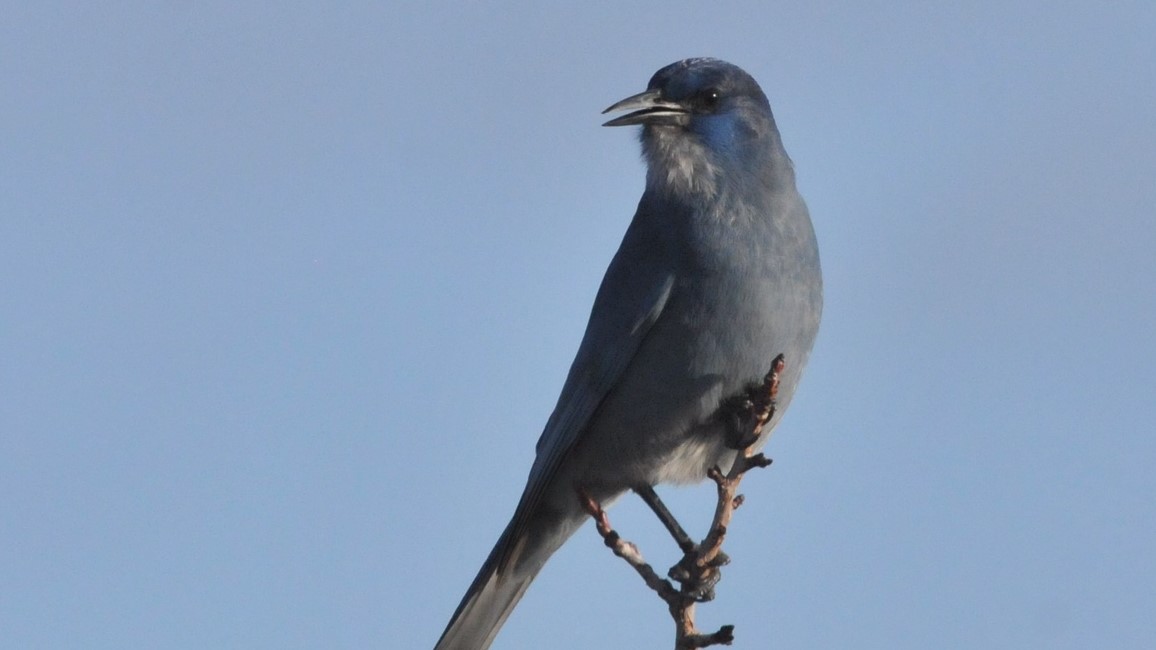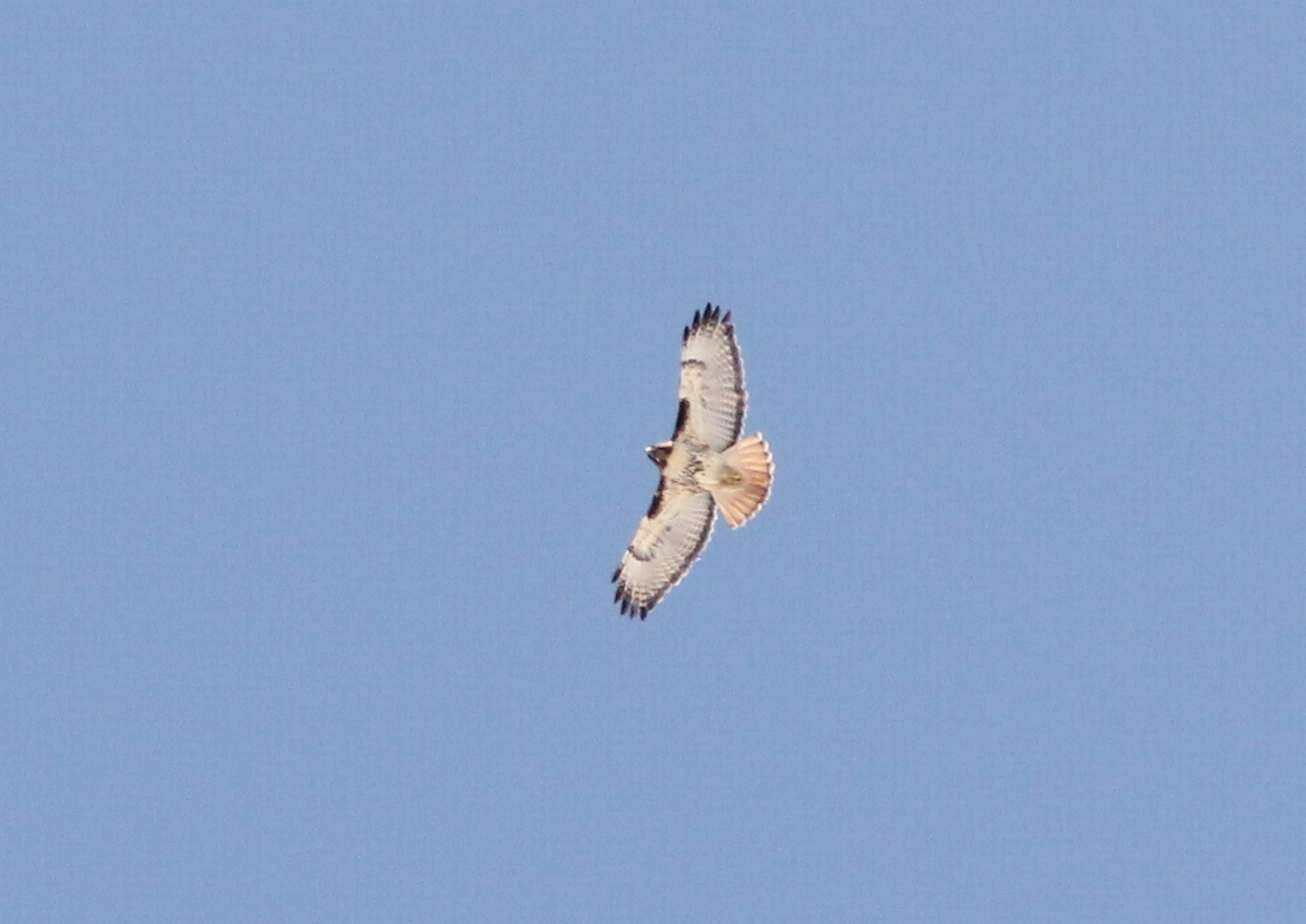Colorado Field Ornithologists supports the ongoing research into Colorado's avian diversity in numerous ways. CFO partners with other organizations to monitor ongoing trends. Citizen scientists collect data daily while out birding. Grants from CFO support critical research projects.
Colorado Bird Records Committee
Birding anecdotes are great fun, but like much of oral history, they disappear over time. By providing details of rare bird sightings with archival documentation, birders contribute to a collective body of knowledge that spans generations. The intent of the Colorado Bird Records Committee's peer review process is to establish a standard for which rare bird reports can be used as scientific-quality data and to maintain a list of recorded bird species in Colorado.
Research Grants
CFO makes grants to qualifying individuals or organizations to fund programs and projects that will have a lasting benefit to Colorado birds, and the habitats upon which they rely.

Pinyon Jay Community Science Project

Pinyon Jays are iconic, but declining, members of the pinyon-juniper woodland community across the intermountain west, including Colorado. CFO is collaborating with Great Basin Bird Observatory and other partners across six states on the observatory’s Pinyon Jay Community Science Project.
All birders in Colorado can participate in this community science project.

Breeding Bird Atlas
The Second Colorado Breeding Bird Atlas, conducted from 2007 to 2012 and published online in 2016, provides a 20-year update on the status of Colorado birds since the first Colorado Breeding Bird Atlas (1987-1995). Both editions of the Colorado Breeding Bird Atlas provide a resource widely used by wildlife professionals, birders, and educators. Data collection and fieldwork for both Atlases were completed primarily by volunteers, who collected data on the distribution, habitat use, and breeding phenology of Colorado's avifauna. The 2016 Atlas compares the results of both Atlas efforts and presents valuable information on changes in species distribution over time. The 2016 Atlas also presents updated habitat use data and breeding phenology windows-important information for wildlife and natural resource professionals managing Colorado's extensive public lands.
The Colorado Bird Atlas Partnership includes Fort Lewis College, USDA Forest Service Rocky Mountain Region, Colorado Parks and Wildlife, Rocky Mountain Bird Observatory and Colorado Field Ornithologists. The Atlas could not have been completed without additional support from many other local organizations and individuals across the state.
Dinosaur Ridge Hawkwatch
Colorado Field Ornithologists supports the Dinosaur Ridge Hawkwatch site that is coordinated by Denver Field Ornithologists in cooperation with Hawk Migrations Association of North America.
As a citizen-science project, the hawk watch not only records the number of raptors migrating in the area each spring and fall, it also teaches those who participate how to identify the raptors, including key behavioral traits.
The hawkwatch typically begins March 1 and runs through the first week of May, with daily observation periods from 9 a.m. to 4 p.m. Peak migration usually falls in mid-April. Individuals of all birding skill levels are welcome to participate.
To learn more, including how to volunteer or visit, please visit the Denver Field Ornithologists website.

